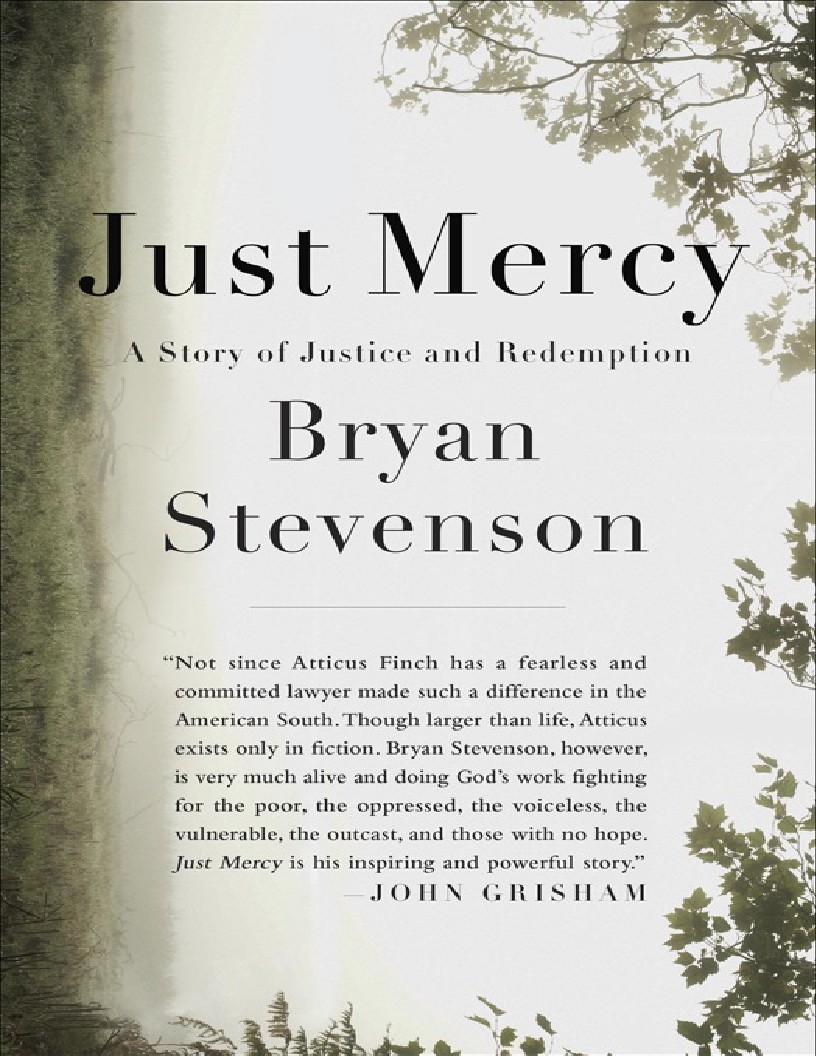Book Details

Just Mercy_ A story of Justice and Redemption
I wasn’t prepared to meet a condemned man. In 1983, I was a twenty-three-year-old student
at Harvard Law School working in Georgia on an internship, eager and inexperienced and
worried that I was in over my head. I had never seen the inside of a maximum-security prison
—and had certainly never been to death row. When I learned that I would be visiting this
prisoner alone, with no lawyer accompanying me, I tried not to let my panic show.
Georgia’s death row is in a prison outside of Jackson, a remote town in a rural part of the
state. I drove there by myself, heading south on I-75 from Atlanta, my heart pounding harder
the closer I got. I didn’t really know anything about capital punishment and hadn’t even
taken a class in criminal procedure yet. I didn’t have a basic grasp of the complex appeals
process that shaped death penalty litigation, a process that would in time become as familiar
to me as the back of my hand. When I signed up for this internship, I hadn’t given much
thought to the fact that I would actually be meeting condemned prisoners. To be honest, I
didn’t even know if I wanted to be a lawyer. As the miles ticked by on those rural roads, the
more convinced I became that this man was going to be very disappointed to see me.
Author: Bryan Stevenson
Pages: 222
Issue By: Gyan Publication
Published: 3 years ago
Likes: 0







